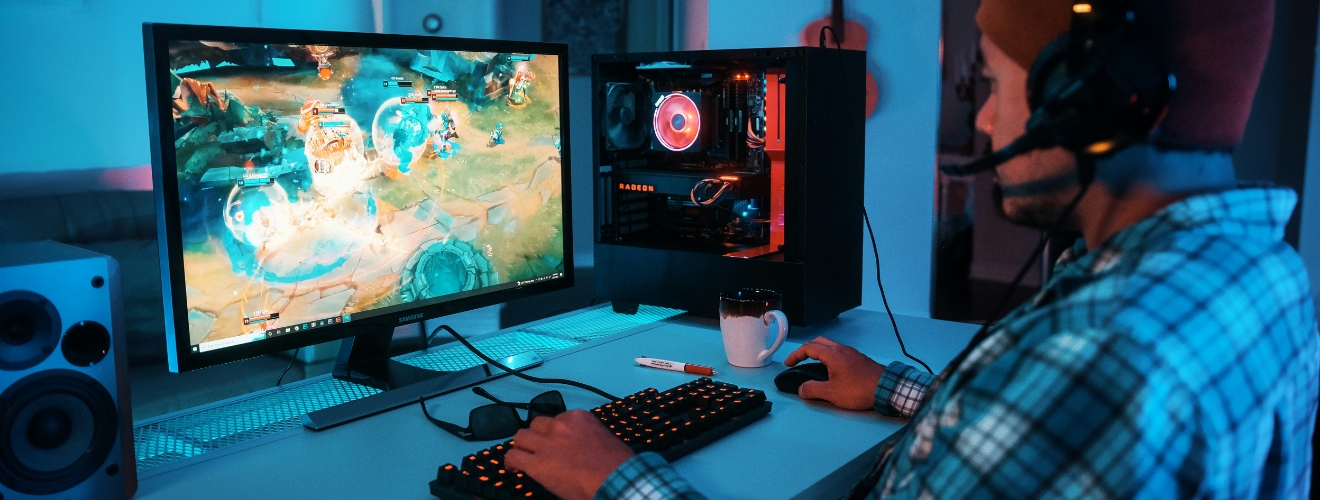Media & Entertainment
Game Testing and Quality Assurance: The Backbone of Game Development

Behind every great game is a team of dedicated testers ensuring a seamless, immersive experience. As gaming technology advances, so do the complexities of game mechanics, AI interactions, and multiplayer environments. This makes game testing and quality assurance (QA) more critical than ever. Developers rely on skilled testers to catch bugs, balance gameplay, and optimize performance before a game reaches the public. Let’s dive into why game testing is an essential pillar of the gaming industry.
Why Game Testing Matters
Game development is more than just coding and design—it’s about crafting an experience that feels fluid and engaging. Without rigorous testing, even the most visually stunning game can fail due to glitches, crashes, or imbalanced gameplay. QA testers play a key role in ensuring the final product runs smoothly across different platforms, enhancing player satisfaction and retention.
The Role of QA Testers in Gaming
Game testers are the detectives of the development process. They meticulously analyze mechanics, identify inconsistencies, and ensure that in-game physics behave as intended. Their job isn’t just about finding bugs—it’s also about evaluating the overall user experience, from control responsiveness to AI behavior and difficulty balancing.
The Growing Demand for Skilled Game Testers
With games becoming increasingly complex, the demand for expert QA testers is rising. Open-world games, live-service titles, and multiplayer experiences require deep knowledge of gameplay mechanics, attention to detail, and problem-solving skills. Game studios are investing more in testing to keep up with player expectations and prevent costly post-launch fixes.
Types of Game Testing
Not all testing is the same—each type serves a specific purpose:
- Functional Testing: Ensures core gameplay mechanics work as intended.
- Performance Testing: Checks for lag, frame rate drops, and load times.
- Compatibility Testing: Confirms the game runs smoothly across different devices and platforms.
- Regression Testing: Re-tests previous bug fixes to prevent recurring issues.
- Playtesting: Focuses on player experience, engagement, and difficulty balancing.
Each type of testing helps refine the final product before it reaches players.
Challenges in Game Testing
Game testing isn’t just about playing games—it’s about breaking them to uncover flaws. Testers face challenges like tight deadlines, ever-changing game builds, and unpredictable bugs that can emerge at any stage of development. The ability to think critically and approach problems from multiple angles is crucial for success in this field.
The Future of Game Testing
As gaming evolves, so does QA testing. AI-driven testing, automation, and cloud-based tools are becoming more common, helping testers identify issues faster and improve efficiency. However, human testers will always be essential for evaluating player experience, creative elements, and unpredictable gameplay scenarios.
Tags:
Entertainment Tech TrendsGaming TechnologyMedia Tech InnovationsAuthor - Aishwarya Wagle
Aishwarya is an avid literature enthusiast and a content writer. She thrives on creating value for writing and is passionate about helping her organization grow creatively.